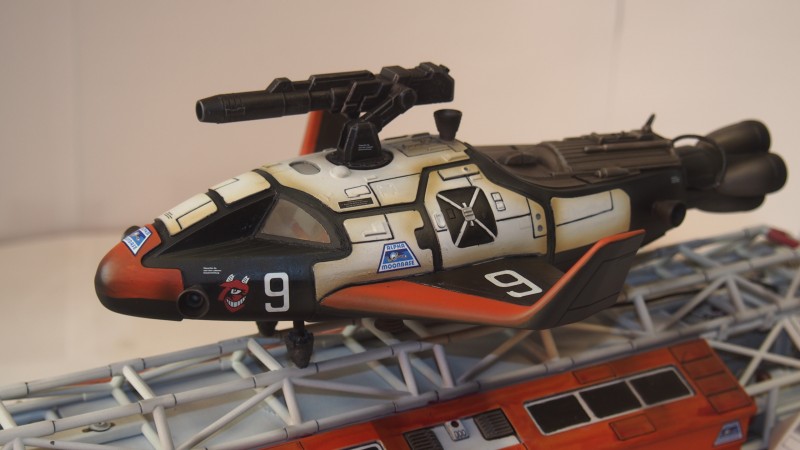
Cadging a Lift…
In part one, BP hinted at the influence of the NASA lifting body program in the development of this shuttle, and it is easy to see why.
Lifting bodies are essentially craft, most often space craft, or high altitude jets which derive much if not all of their lifting force from the shape of their fuselage, rather than relying solely on the usual aerodynamic properties of wings – with those possessing wing like structures often using them merely for steering and stability, rather than actual lift.


The notion came out of the realization at the end of WWII, by all sides, that wings were something of an impediment when approaching the speed of sound. The Germans, for example, installed swept back wings on their later series of jet fighters (such as the ME 262) which, when fitted with more conventional wings (as was the British Meteor), suffered from vibration.
In the process of perfecting supersonic craft, the idea of doing away with the wings totally ran through the minds of both USAF and NASA engineers often enough to try and design a craft which would minimize the drag in flight yet provide sufficient lift in subsonic flight, supersonic acceleration and even atmospheric re-entry.
Through the ’60s and into the ’70s, these lifting body tests – whether successful or not – all provided vital data for both military and civil authorities when working on high speed jets, rockets and, of course, the US Space Shuttle.
However, as interest waned for a while on the back of the success of the Shuttle, the idea did not die away completely. In the late 1990s, with the Shuttle coming towards the end of its life, the lift body once more entered the scene. Ships such as the HL-20 Personnel Launch System (1990) and the Prometheus spaceplane (2010) were put to the drawing board and today, the Dream Chaser spaceplane is still being considered as a cheap way of ferrying crew to the International Space Station. Even the ESA began working seriously on the concept, with its own Intermediate eXperimental Vehicle making its first atmospheric reentry in 2015.
Lift Body: 1999
BP Taylor’s take on the lift body craft, shuttle, whatever strikes all the right notes in form and in simplicity. Its outlines drop directly into the design philosophy shared by the model makers of Space: 1999 and, as you will have seen from part one, there is little else to be said about it.
Of uncertain scale – BP first described it as 1/72, but also liked the way it fitted 1/48 scale pilots as a small space plane, as opposed to a full sized shuttle – this is a kit from which one came make almost anything.
In this build, with there being no extras yet for the Round 2 1/48 Eagle Transporter, I decided to kill as many birds with one stone as possible and create something which could be considered a booster pack, re-entry vehicle, and space interceptor – drawing from a number of different Anderson designs…


The Build
This is a bare bones kit, to be sure… In order to keep the price down and production simple BP has not created any interiors (allowing the modeler to set their own scale, designs and so on) as well as not providing plexi for the front ports (easy enough to acquire, anyway).
Also missing is the rear engine exhaust, as it is up to the builder how they choose to deploy their Eagle: as the front end of a larger ship, as a simple shuttle, or as a compact space fighter.
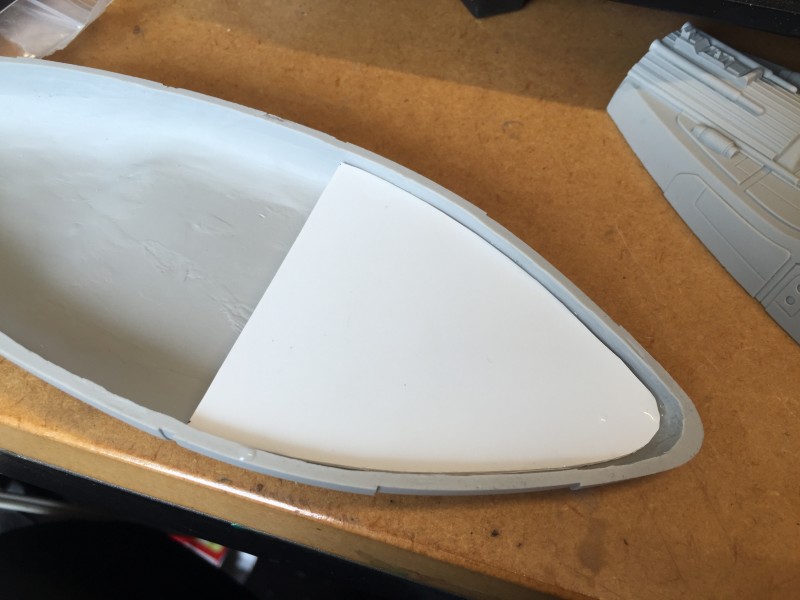

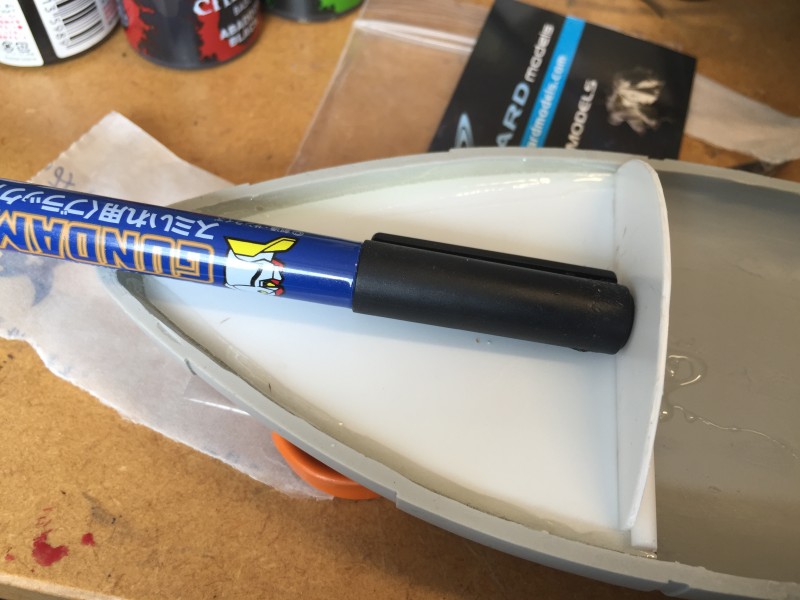

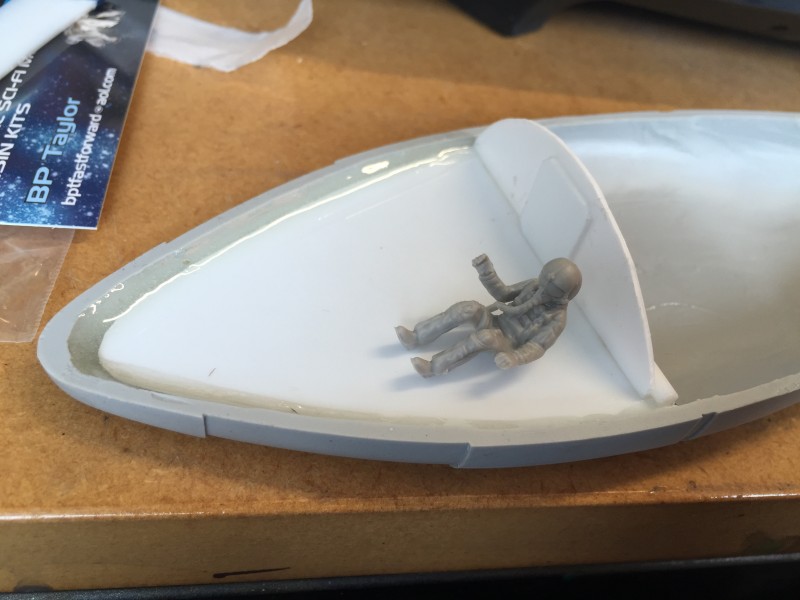

In my case, wanting to keep it in scale with my R2 Eagle, I acquired a pair of Hasegawa 1/48 recumbent pilots and scratched up a basic cockpit for them. I suspected it would be a bit of a squeeze, and was pleasantly surprised how well the crew fit.
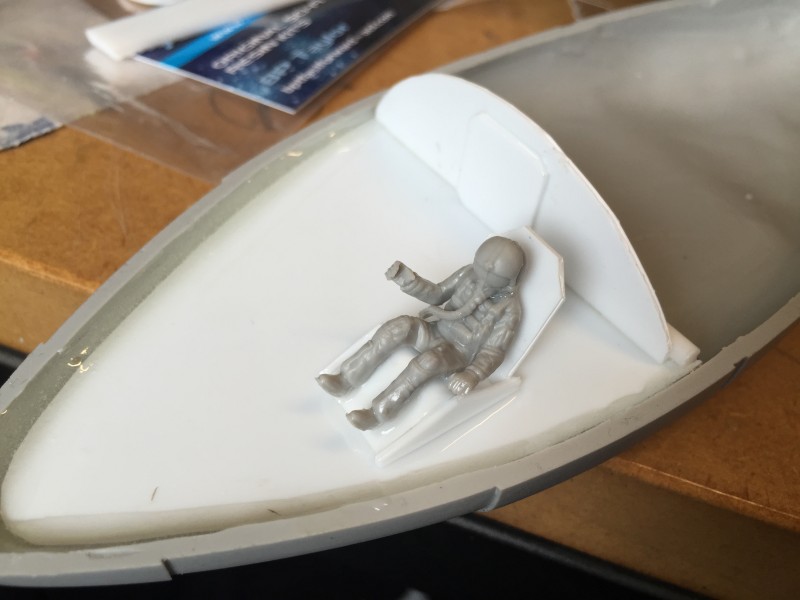

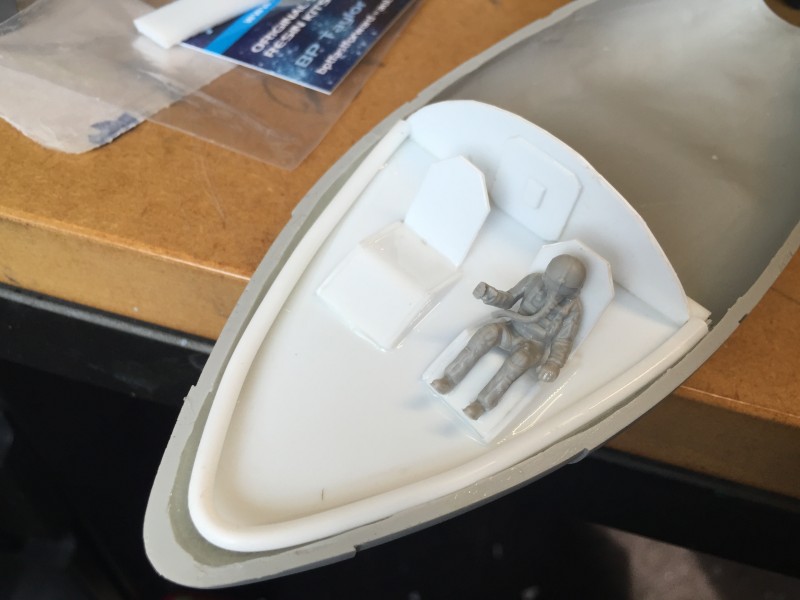

Indeed, Mr. Taylor has since announced that he has adopted 1/48 as the default scale for the kit, based on this image.
That one goes on my headstone! 😀
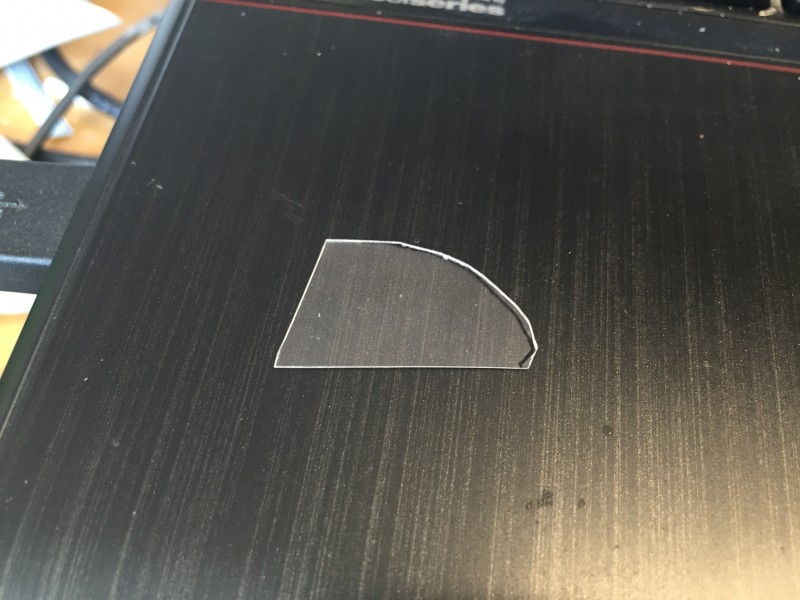

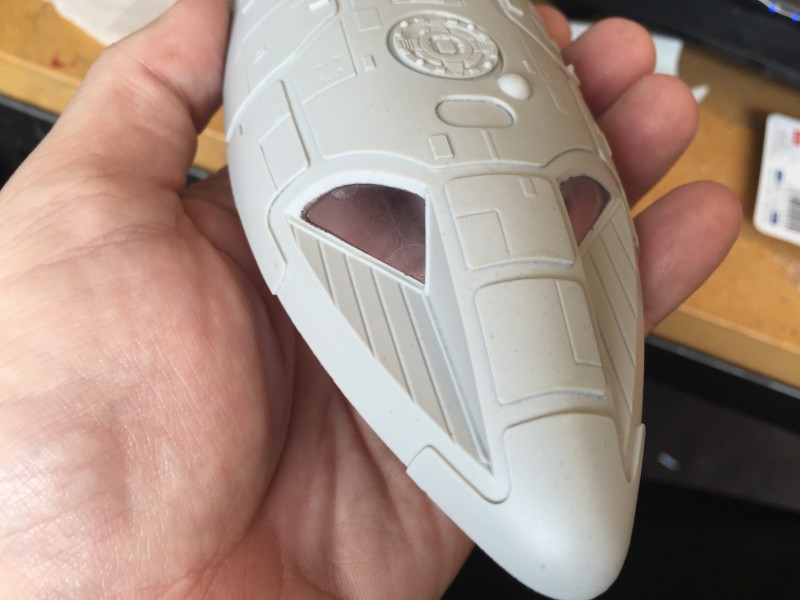

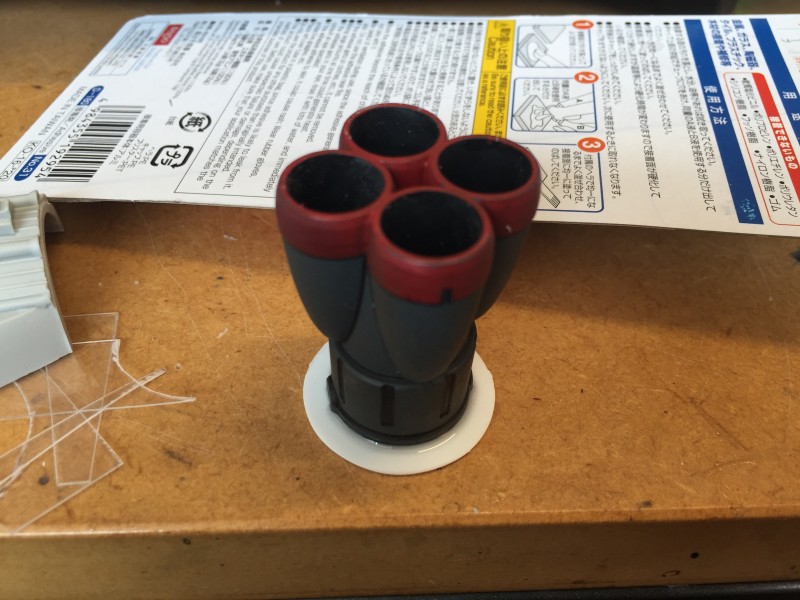

Wanting a booster set the same layout as the Eagle, I carved off the end from a 1/48 scale Bandai Zaku’s Bazooka and, though a shade smaller than I would have liked, it made for an admirable fit with the larger, parent craft.
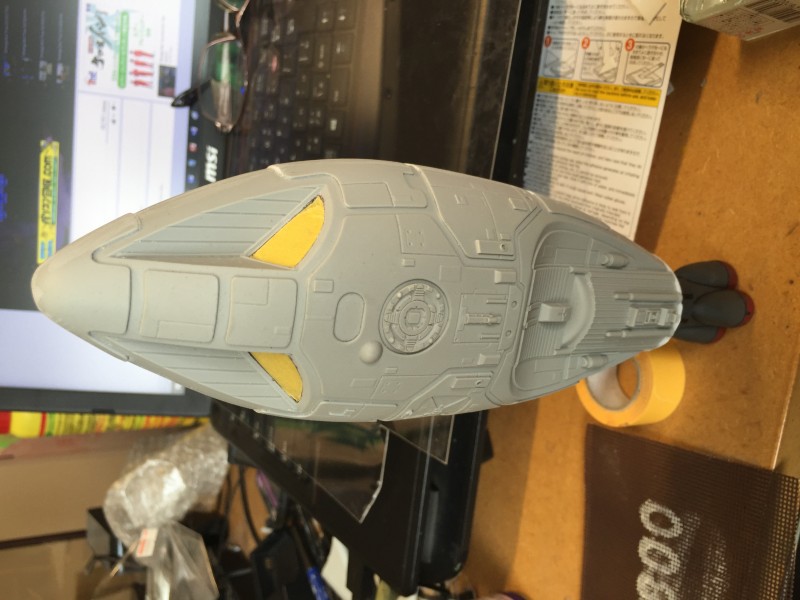

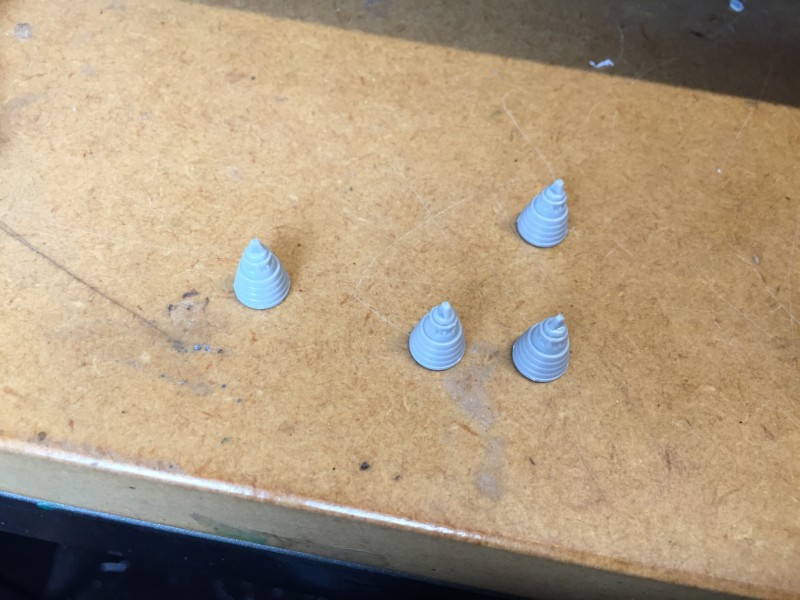

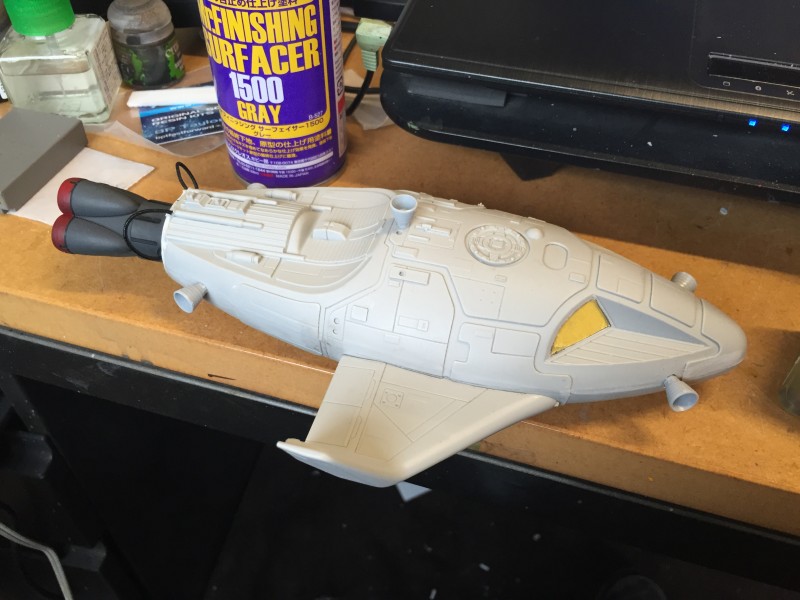

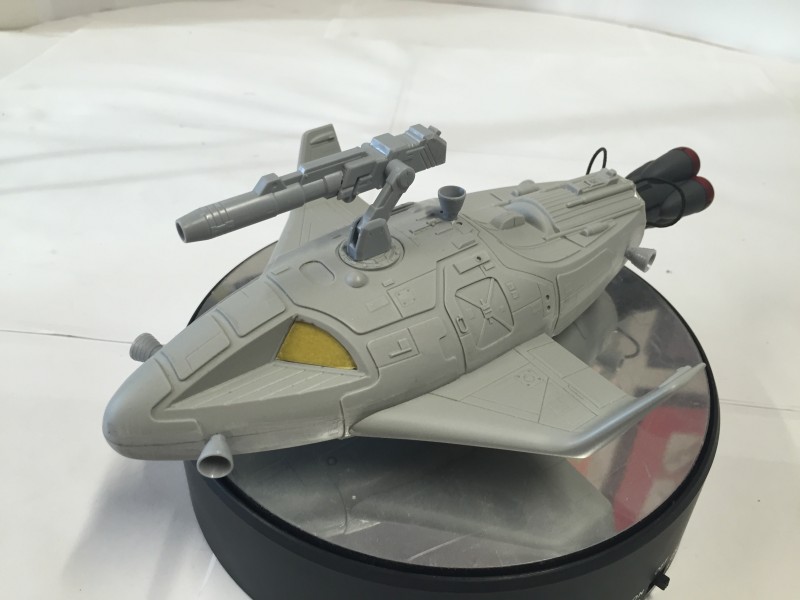

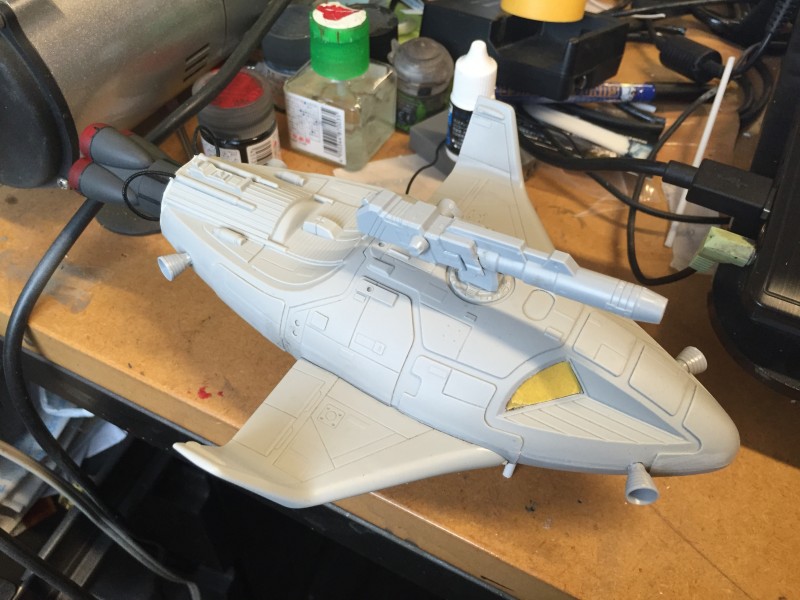

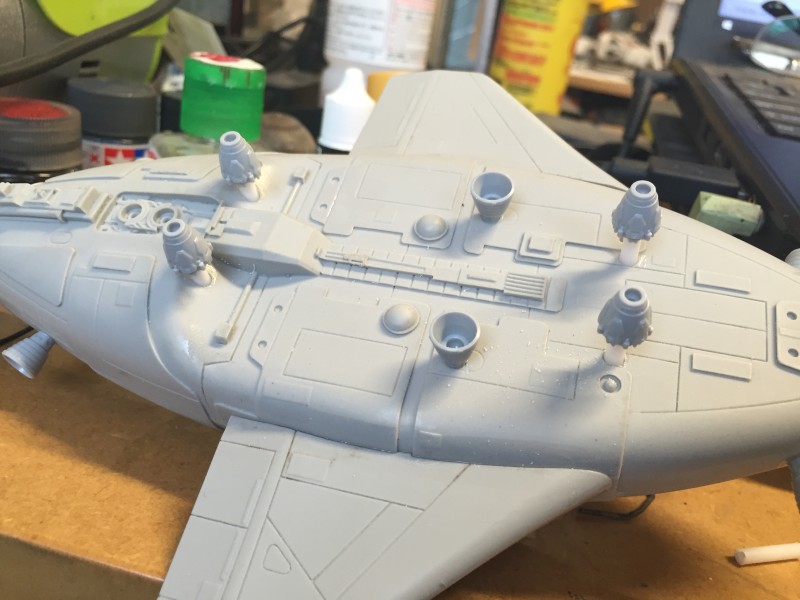

With verniers added for maneuverability and an externally mounted beam cannon (to preserve room inside), my own 1B was quickly becoming a short range interceptor and top cover craft.
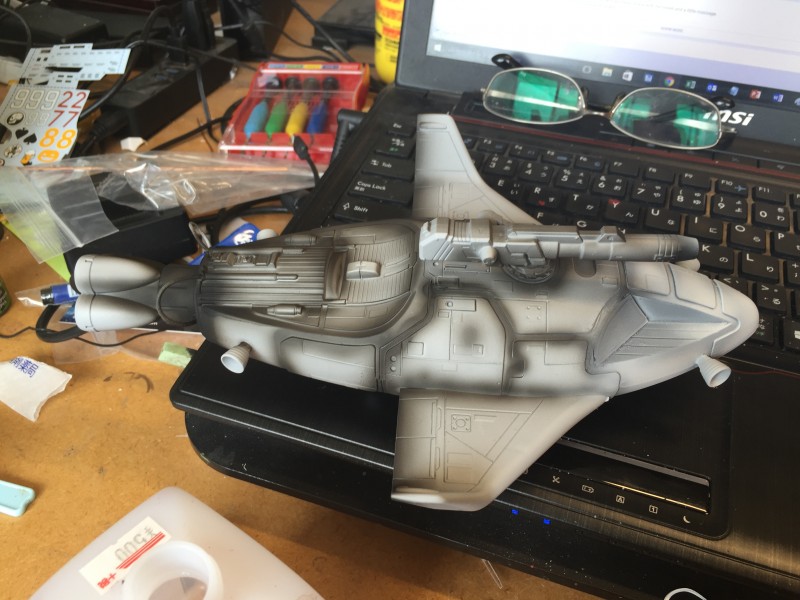

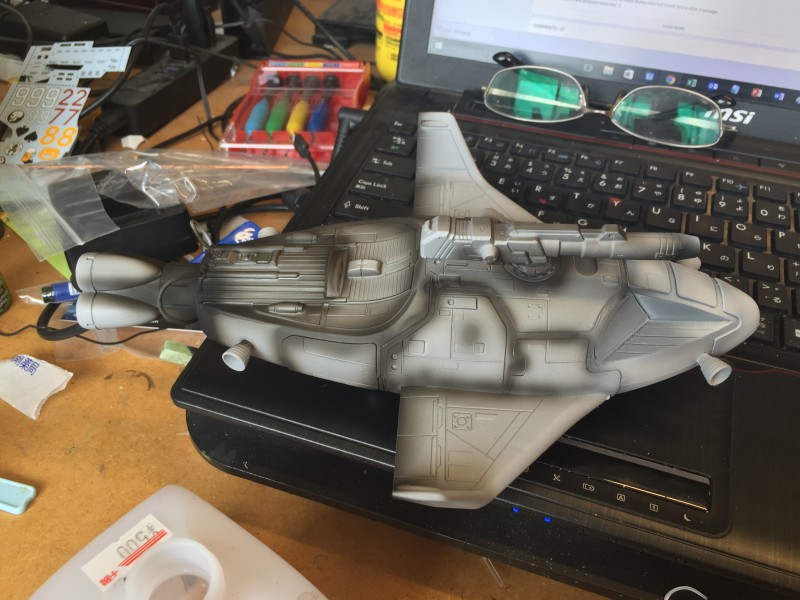

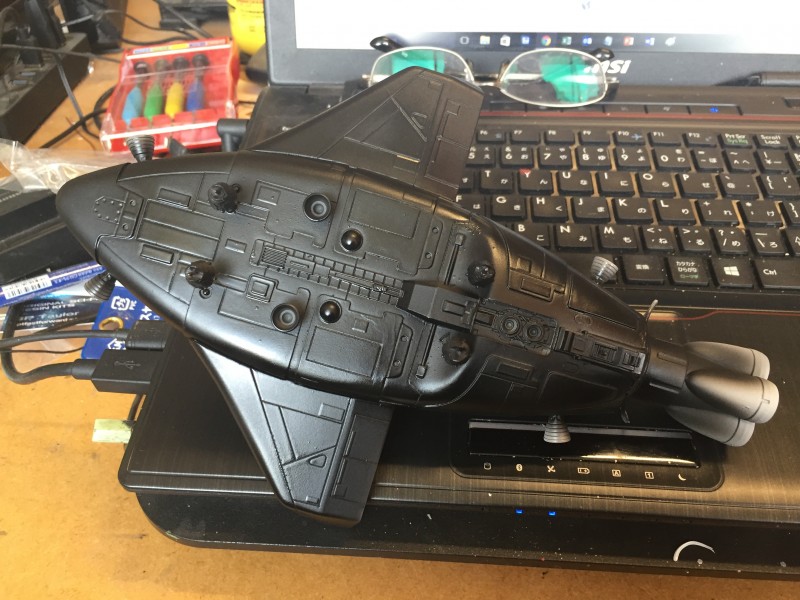

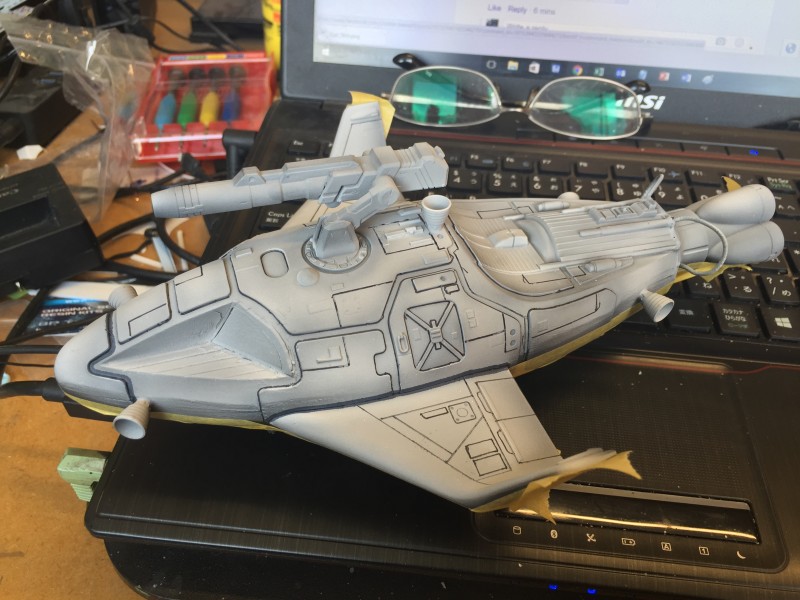





I was originally going to paint this more or less exactly as one might paint an eagle, but then got it into my mind that the underside should be black (as per the re-entry coating on the shuttle), and from there the black began to spread, after I flicked through some Terrant Trade Authority books from the ’70s, into the two-tone scheme I ended up with. Giving it some orange trim to signify VIP escort, I styled it a Black OPs fighter from the shadowy Space Force Unit “Orbital 9”.
Black OPs Orbital 9 Short Range Interceptor, 1/48 scale




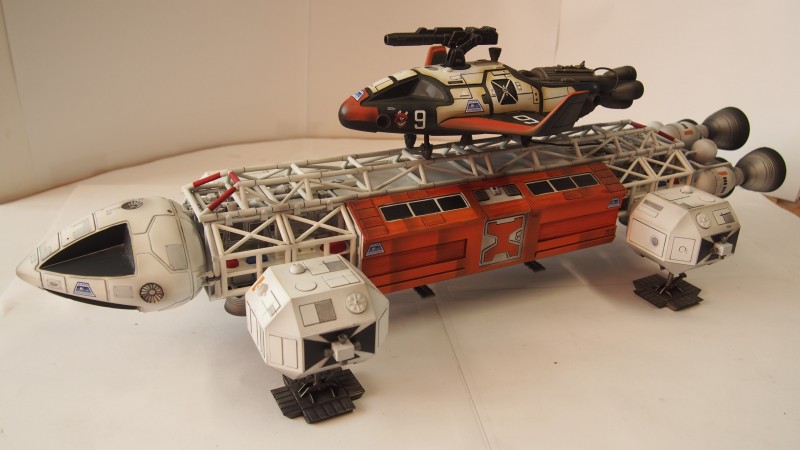

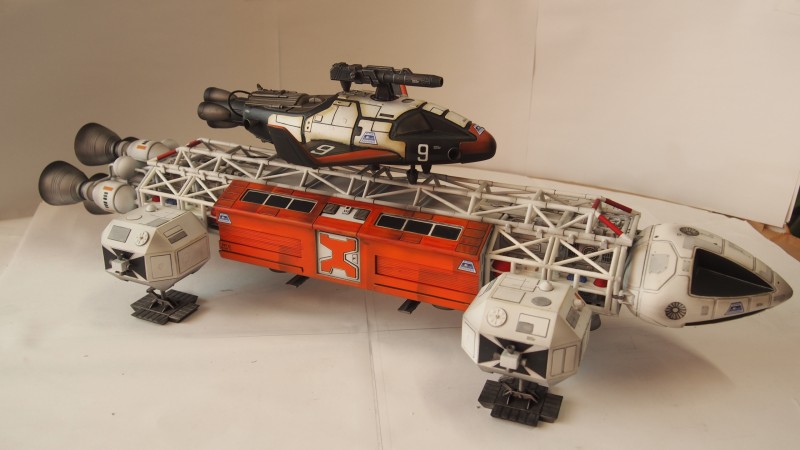

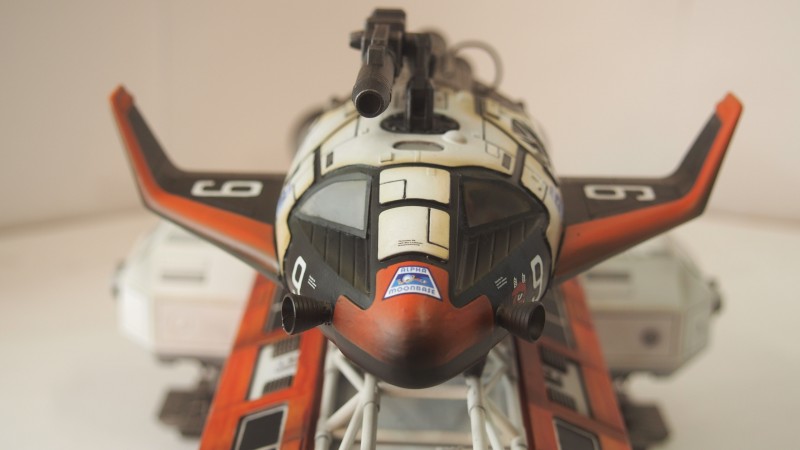

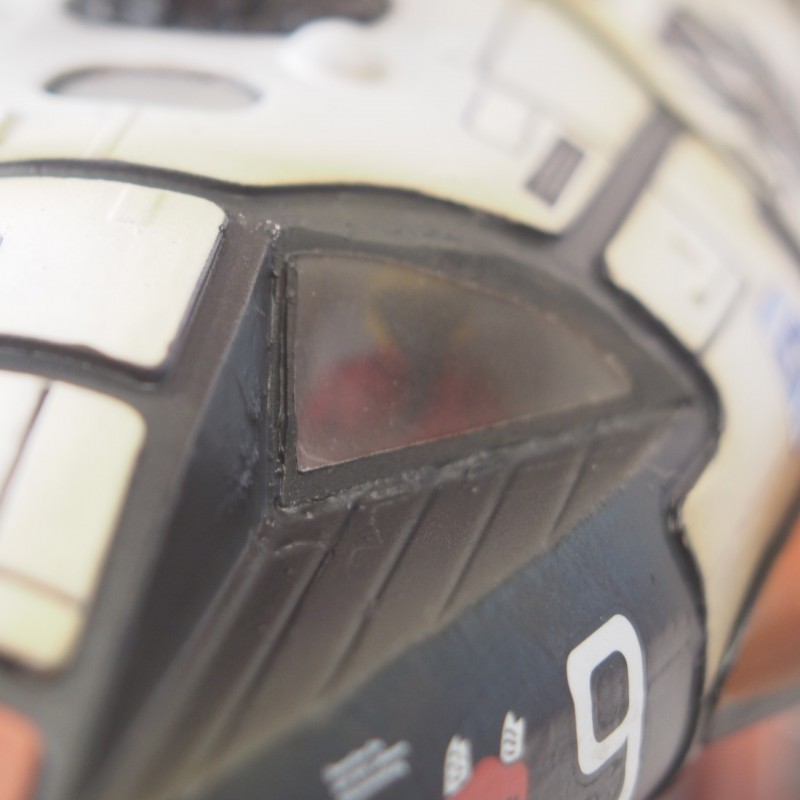

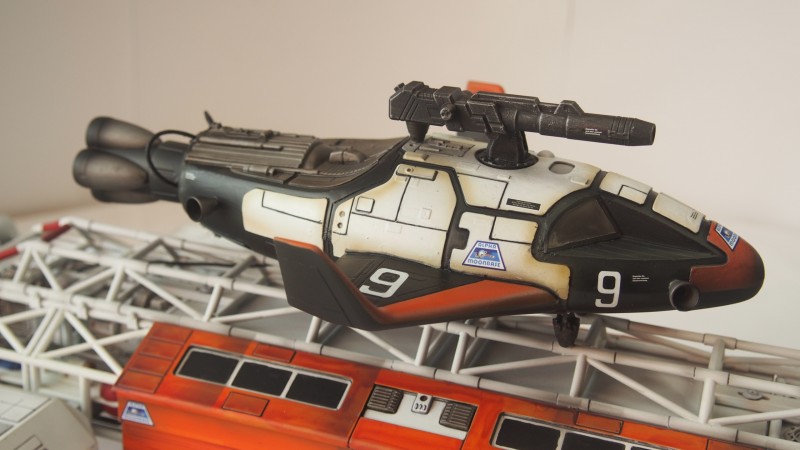

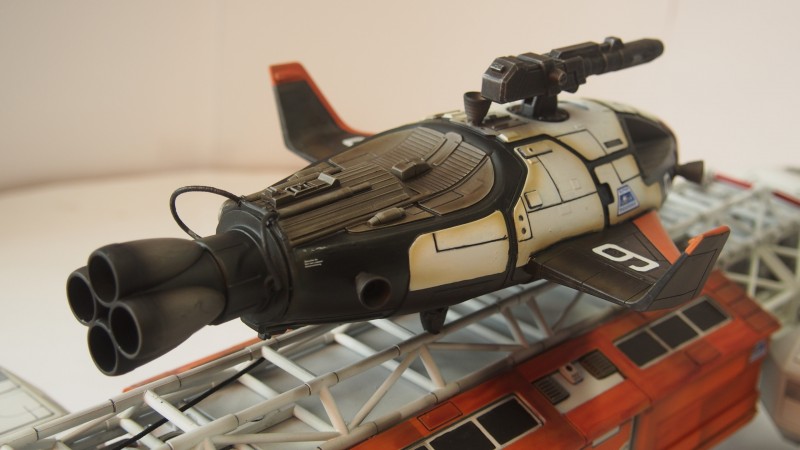

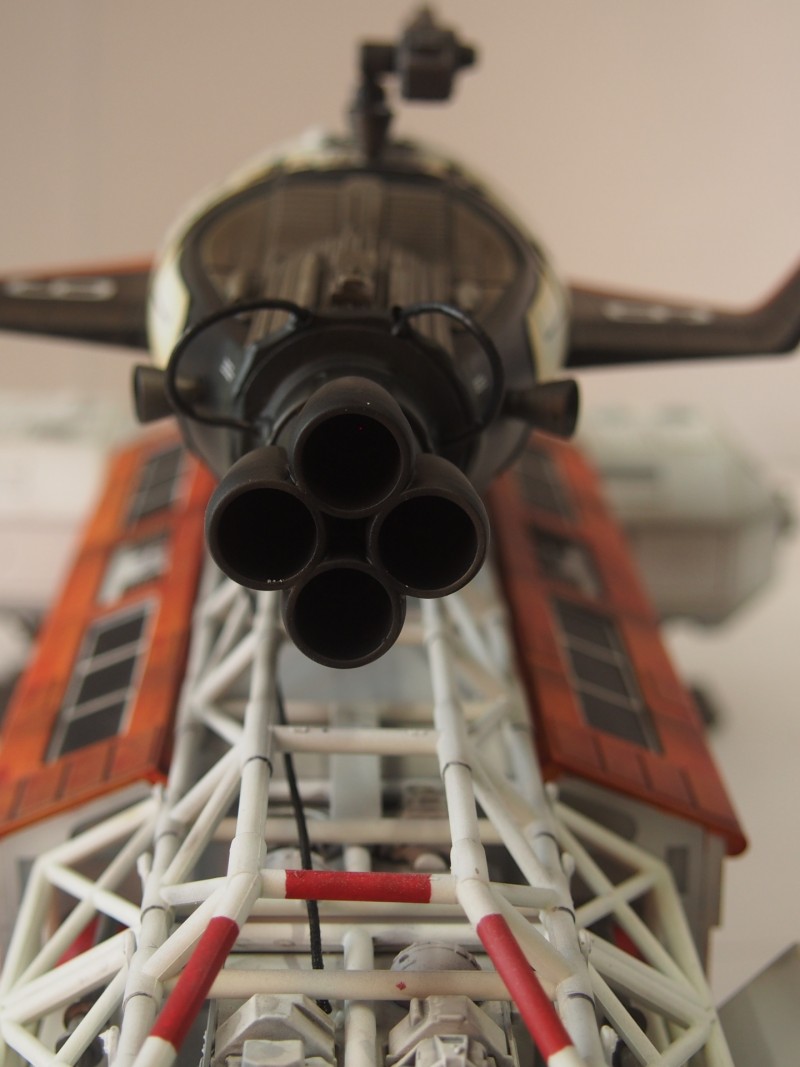

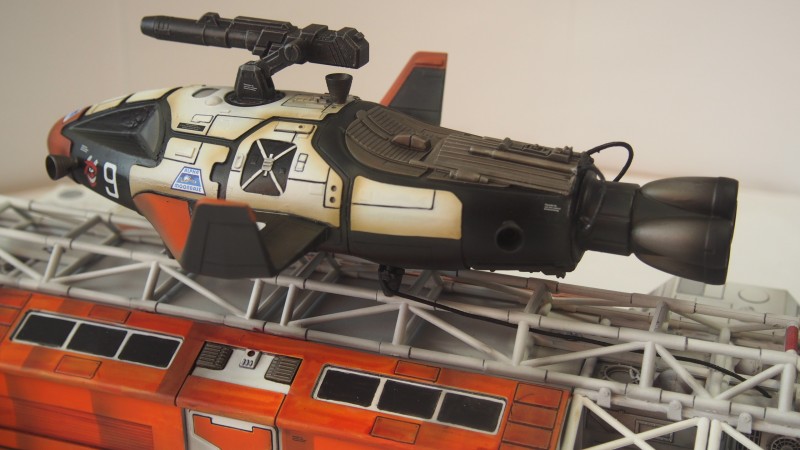

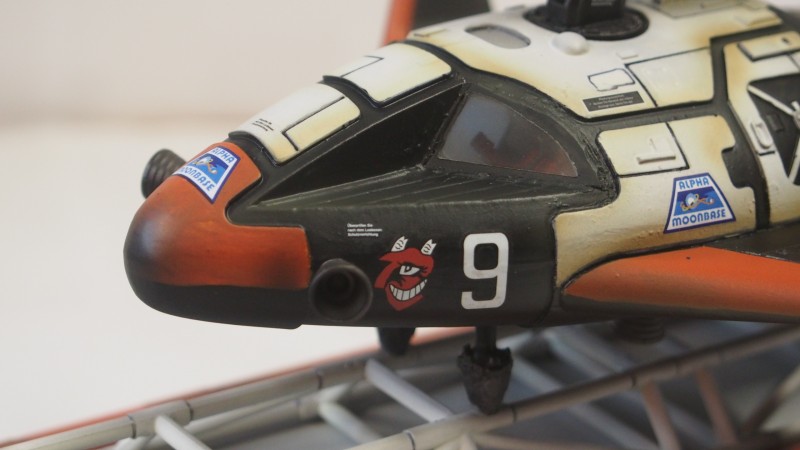

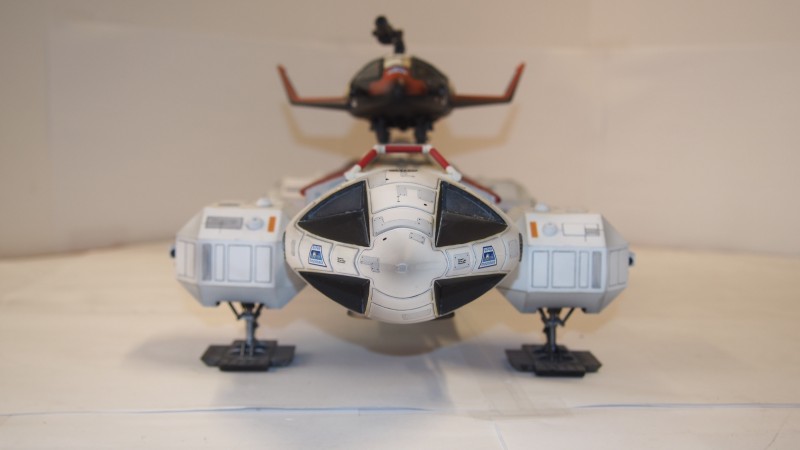

Conclusions
This is a kit which is as simple as they can come, yet as complex as they can be. Almost a tabula rasa it can be made to fit with your own imagination with very little effort.
Though, obviously aimed at the the Space: 1999 fandom, it does not end there.
This is the best of garage kit making… A vague canvas upon which we write our own identities.
There is nothing more to say.
Find this kit and buy it!
Dr, Robodaz.